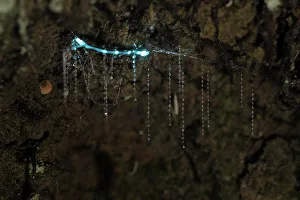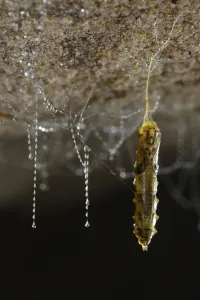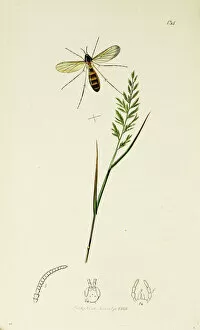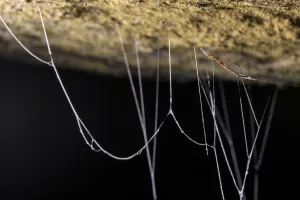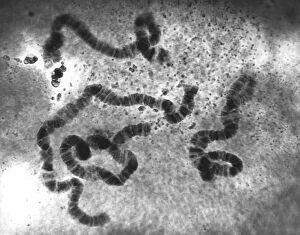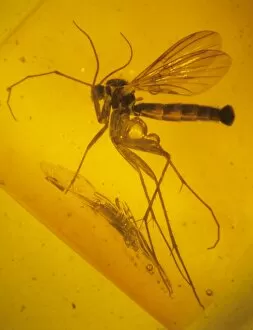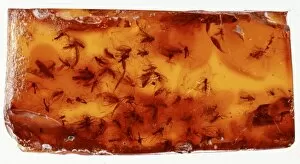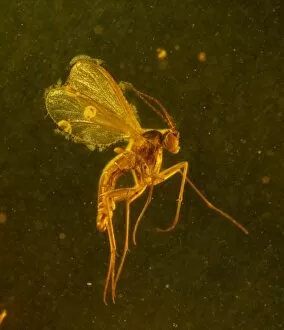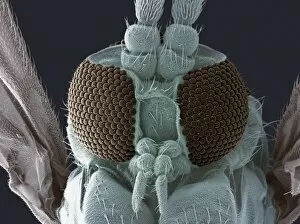Fungus Gnat Collection
The fascinating world of the fungus gnat (Arachnocampa luminosa) is illuminated by its bioluminescent larvae, which can be found attached to cave roofs
All Professionally Made to Order for Quick Shipping
The fascinating world of the fungus gnat (Arachnocampa luminosa) is illuminated by its bioluminescent larvae, which can be found attached to cave roofs. These mesmerizing creatures emit a soft glow that lights up the darkness, creating an enchanting sight for those lucky enough to witness it. As the fungus gnat progresses through its life cycle, we encounter the pupa in its nearly fully developed state. Suspended from a delicate silk thread, this stage showcases nature's intricate craftsmanship and resilience. It serves as a reminder of the beauty and complexity hidden within even the tiniest organisms. Curtis British Entomology Plate 134 offers us a glimpse into history, capturing these elusive gnats in their natural habitat. The detailed illustration allows us to appreciate their unique features and understand their place in our ecosystem. Mycetophilidae larvae are masters of deception, patiently waiting with sticky hanging threads to ambush unsuspecting prey. Their strategic approach highlights nature's ingenuity and adaptability as they navigate their surroundings with precision. Examining chromosomes under a light micrograph reveals another dimension of these intriguing insects' existence. Each tiny strand holds valuable genetic information that shapes their characteristics and behavior—a testament to the wonders unfolding at microscopic levels. Preserved forever in amber, fossilized specimens provide invaluable insights into ancient ecosystems. Baltic amber captures an entire swarm of fungus gnats frozen in time—an extraordinary snapshot from millions of years ago when these creatures thrived alongside dinosaurs. The compound eye of a gnat takes center stage under scanning electron microscopy (SEM). This magnified view unveils intricate details previously unseen by the naked eye—each facet contributing to enhanced vision and survival strategies honed over millennia. Whether suspended from silk threads or encased in amber for eternity, fungus gnats continue to captivate scientists and enthusiasts alike with their remarkable adaptations and ethereal beauty.

